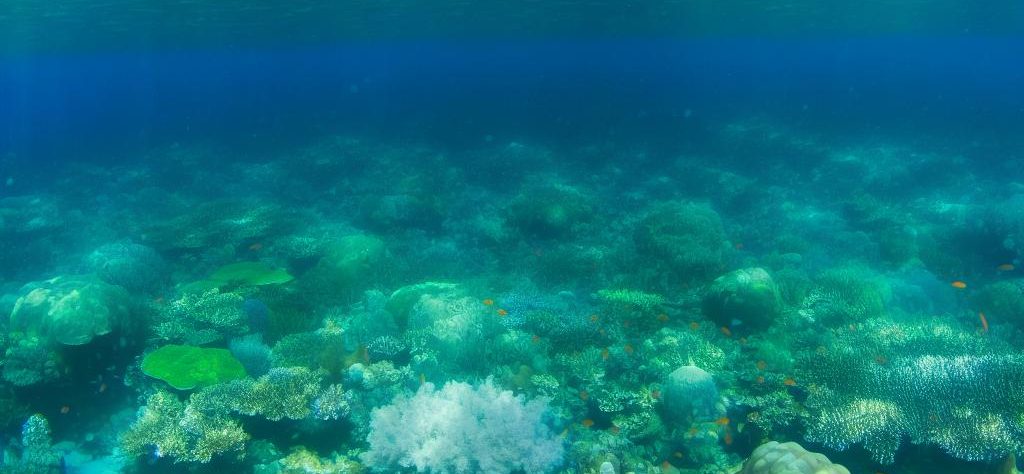Tawi-Tawi: A Hidden Gem of Marine Biodiversity
Tawi-Tawi, an archipelagic province nestled in the southernmost part of the Philippines, is slowly emerging on the global stage as a significant location for marine biodiversity. Comprising over 100 islands, each uniquely contributing to a mosaic of rich aquatic life, the region offers a pristine environment for both researchers and tourists. The area’s relatively untouched landscape serves as a remarkable canvas of marine organisms that thrive in an unspoiled habitat.
Geographical Features
In terms of location, Tawi-Tawi is strategically placed in the Sulu Sea, renowned for its crystal-clear waters and rich ecosystems. The geographical makeup of the province includes a variety of ecological features such as coral reefs, seagrass meadows, and mangrove forests. These varied habitats provide essential conditions for a plethora of marine species. Each ecosystem plays a distinctive role in the life cycles of the marine organisms that inhabit this region.
Rich Coral Reefs
One of the most striking features of Tawi-Tawi is its extensive coral reef system. These reefs are not just visually stunning; they play a vital role in marine ecology. Housing various species, from small invertebrates to larger marine creatures, the reefs are integral to the province’s fishing industry. Conservation of these coral reefs is crucial due to their indispensable role in maintaining ecological balance and supporting the livelihoods of local communities.
Unique Marine Species
Tawi-Tawi has been recognized by researchers as a biodiversity hotspot due to its assemblage of unique marine species. The islands in the Sulu Sea are inhabited by a wide array of fish species, some of which are considered rare and endangered. The isolation of these islands, coupled with minimal human interference, creates ideal conditions for these species to flourish. Ongoing scientific studies frequently uncover new species, revealing that much of Tawi-Tawi’s marine biodiversity is yet to be fully explored and understood.
Seagrass Meadows and Mangrove Forests
Besides the coral reefs, Tawi-Tawi is also abundant with seagrass meadows and mangrove forests, each contributing critically to marine biodiversity. Seagrass meadows are pivotal as they provide both sustenance and protection for fish, while mangroves offer nursery grounds for juvenile marine organisms. Additionally, these ecosystems play significant roles in carbon sequestration processes, underlining their importance in combating climate change. This further emphasizes the need for conservation in maintaining the natural beauty and ecological function of these habitats.
Conservation Efforts
The ecological significance of Tawi-Tawi makes conservation efforts a top priority. Various local and international organizations are actively involved in initiatives aimed at preserving this province’s diverse ecosystems. Key efforts include the establishment of marine protected areas, the promotion of sustainable fishing practices, and the engagement of local communities in conservation activities. Such collaborative initiatives are vital in ensuring the longevity and sustainability of Tawi-Tawi’s marine biodiversity.
Challenges and Opportunities
Despite its natural beauty and ecological value, Tawi-Tawi faces a series of challenges. Illegal fishing practices and potential environmental degradation threaten the delicate balance of its ecosystems. Addressing these challenges necessitates comprehensive strategies that involve policymaking, community engagement, and ongoing scientific research. Additionally, the development of eco-tourism presents a promising opportunity. It holds the potential to advance economic growth while simultaneously cultivating a deeper appreciation for the natural resources that Tawi-Tawi offers.
Conclusion
Tawi-Tawi occupies a noteworthy place in the panorama of global marine biodiversity. Its relatively untouched ecosystems serve not only as sanctuaries for various species but also as a unique opportunity for scientific discovery. The imperative nature of conservation efforts to protect this biodiversity hotspot cannot be overstated. Through sustained research and responsible tourism, these ecological treasures can be preserved for generations to come.
For additional insights into Tawi-Tawi’s marine biodiversity, interested individuals are encouraged to visit the official website of the Biodiversity Management Bureau.

